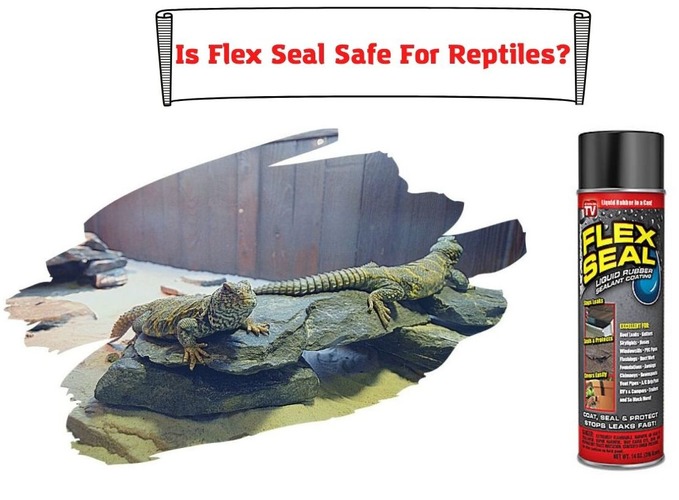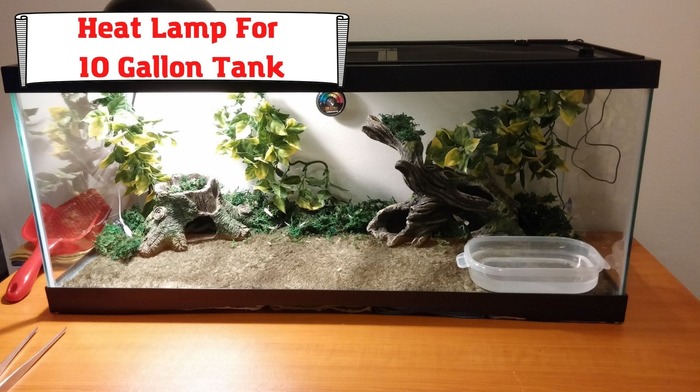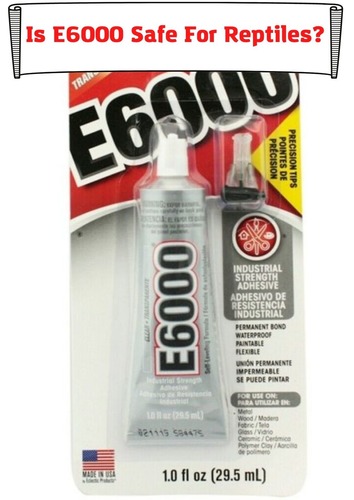Most people, when they want to join two metal parts, will use silicone. They don’t really care or rather need to be better informed on the different types of silicone they can use and for what purpose. If you are like ‘most people,’ then you have some learning to do.
One can choose from several types of silicone adhesive products depending on the work you want to do. The good thing however, is that silicone generally works on almost any surface it’s applied on, be it plastic, glass, metal, or electrical parts. Among the silicone options you have is the Red RTV.
![]()
Our article today looks deeper into what red RTV means and its properties. We look at its temperature ratings and the various ways it can be used. We also look into how red RTV is used in terrariums and the benefits this boasts.
What is Red RTV?
RTV stands for Room Temperature Vulcanizing. Vulcanizing simply means the hardening process of rubber to make it ideal for use in a number of areas and applications. RTV silicone is made using oil-based polymers, which are then strengthened using mineral fillers.
Red RTV is a one-component product that hardens upon contact with atmospheric humidity. Acetoxysilane is a catalyst used in red RTV and is the one responsible for the hardening of the silicone. The curing of the applied silicone commences on the surface and progresses toward the core. This then means the RTV should be airtight once fully cured.
The red RTV comes in a variety of shades, and their properties vary from one shade to the next. In general, however, this RTV has good tensile strength but is not as good as the grey or black RTV. The RTV has very good heat-resistant properties, making it ideal for application on exhaust systems. The ultra red RTV, for example, from most manufacturers, can withstand temperatures ranging between -80oF and 500oF and (600oF intermittently).
The temperature rating of the red RTV
The red RTV temperature rating is high, making it ideal for high-pressure, high-temperature applications. Manufacturers brand the different red RTV models based mainly on the temperature rating each carries. These red RTVs can be classified as;
- Original or high-temperature red RTV – This RTV doesn’t boast high tensile ability. The temperature range of this RTV ranges between -65oF to 650oF (intermittent). This RTV is resistant to auto fluids. It is ideal for exhaust applications where a lot of heat is present. However, it is important to note that this RTV cures by off-gassing; hence, it is not ideal for use around sensors.
- Ultimate or ultra red RTV – This type of red RTV is an improvement of the high-temperature one. This RTV is sensor safe because it absorbs oxygen from the atmosphere rather than off-gassing when curing. This RTV has superior adhesion properties than the high-temperature version. The temperature range of this RTV is the same as that of a high-temperature red RTV, though.
- Optimum or premium red RTV – This RTV is high density and offers superior adhesion, making it ideal for handling high pressure and temperature. It comes in handy in forced injection applications where high pressure is applied. The adhesion properties are similar to those of the ultimate red RTV, but it handles pressure much better. The temperature range is -65oF to 750oF, which is 343oC intermittent. It also resists auto and other fluids.
What are the applications for the red RTV?
The RTV is applied on a wide range of surfaces and applications. Among the areas it’s used include;
- Electrical work
- Sealing leaks
- Construction
- Bonding
- Protect and waterproof in HVAC applications
- Plastic applications, metal applications, and so on
Because of the unique properties of the red RTV, it is a popular industrial gasket adhesive that auto experts have widely adopted. It is a preferred adhesive for gearboxes, pumps, and other motor vehicle gaskets, especially those subjected to extreme heat.
The characteristics of red RTV
- It has a low odor hence making it easier to work with. It is also harmless to pets once fully cured.
- It boasts a very high-temperature rating. This makes it ideal for application in high-pressure, high-temperature locations such as turbochargers, exhaust manifolds, compressors, and cylinder heads.
- The RTV usually cures at normal temperature. It cures by pulling in oxygen and won’t require any special procedure or chemical to cure.
- It is non-corrosive. This property makes it perfect for use on any metallic surface or metal contact.
- It is stable. This means the RTV won’t react with the air or the environment once it’s applied. However, the original high-temperature RTV cures by off-gassing, which tampers with the normal operation of sensors. Therefore, this specific type of RTV should not be used near sensors as the gases from it will stick on to the sensors, making them give incorrect readings.
How to use Red RTV
It is highly unlikely to not get some success after using the red RTV. However, you need to follow some basic rules and precautions to get the best results. Let us look at how you should use this RTV;
- When applying the red RTV around a bolt, ensure a single continuous circular bead around the hole. Assemble the parts you want to join and put the bolts and fasteners in place. The RTV will cure from exposure to oxygen for about an hour. You should torque the fasteners after letting the RTV sit for an hour. You should not introduce fluids for at least 24 hours.
- You should remove dirt, oil, old gasket materials, and fluids from the surface to get the best results. While cleaning the surface, avoid using acetone or alcohol because they are used as solvents. This means when they are used, they can fill up the pores and small spaces on the metal surface, compromising the RTV’s effectiveness.
- The Red RTV, or any RTV for that matter, is designed to become part of the gasket or the materials you intend to mate together. While using silicone on both sides of the gasket is not harmful, it is unnecessary.
- When applying the RTV, squeeze the cartridge and have the spaghetti noodle land at the center of the matting surface. The noodle should be continuous, and contrary to popular practice, the RTV should not be spread on the matting surface. When you spread out RTV, the surface will be uneven, which can force uneven application. This mistake can be seen on engine blocks where squeezed-out silicone can be seen all around the block.
- For effective results when using the red RTV, you must be patient. You should not try to hasten the curing of the RTV with a heat gun or heat lamp. You should neither apply water on the matting surface while the RTV is curing. As mentioned earlier, the RTV cures slowly by pulling in moisture from the air, and it cures from the outside layer towards the inside.
- Use RTV sparingly and at the right places. Applying RTV at the wrong places can cause the gasket or matting surfaces to be over-compressed or split. You may also end up with the gasket sliding out of place.
Usage of Red RTV in terrariums
As observed, red RTV is the perfect RTV for use in high-pressure, high-temperature applications. In the case of terrariums, a lot of pressure is involved in some cases, and you need an adhesive that will hold the matting surfaces together for years to come. The red RTV is available in most local stores, and you shouldn’t have a hard time buying one. Sealing the terrarium is easy, but it requires some precaution.
- If you have a pet in the terrarium, remove them and keep them in a different safe container.
- Empty the terrarium and clean the mating surfaces.
- As described earlier, apply the red RTV on the matting surfaces, join them and leave the terrarium for 24 hours to cure completely.
- Silicone has a strong odor while drying and can affect your pet. In some cases, the odor can be poisonous to your pet. However, the red RTV doesn’t have a strong odor, and after curing, there will be no bad odor to affect your pet.
- Once fully cured, you can put back water and your pet. Even under intense pressure, the red RTV will remain firm for years, and you are unlikely to do a repeat job. The RTV is also great under temperature variations and will stay firm when the weather is extremely cold or hot.
Conclusion
Red RTV is a popular product used across industries and for countless applications. To get the best results, however, one must be able to differentiate the specific properties this RTV carries. The trick to successfully applying the red RTV is knowing where and how to use it. A continuous spaghetti noodle is the way to go. After applying the RTV, make sure you tighten the cartridge cap again. If the cartridge is left open, the RTV inside will cure in a couple of days, and you won’t be able to reuse it.
- Pacman Frog Looks Deflated – What’s Wrong and What to Do? - August 7, 2023
- How to Put Snake Back in Cage after Feeding? Important Concerns - July 31, 2023
- Repta Boost: Instruction, Considerations, Ways to Use - July 24, 2023



